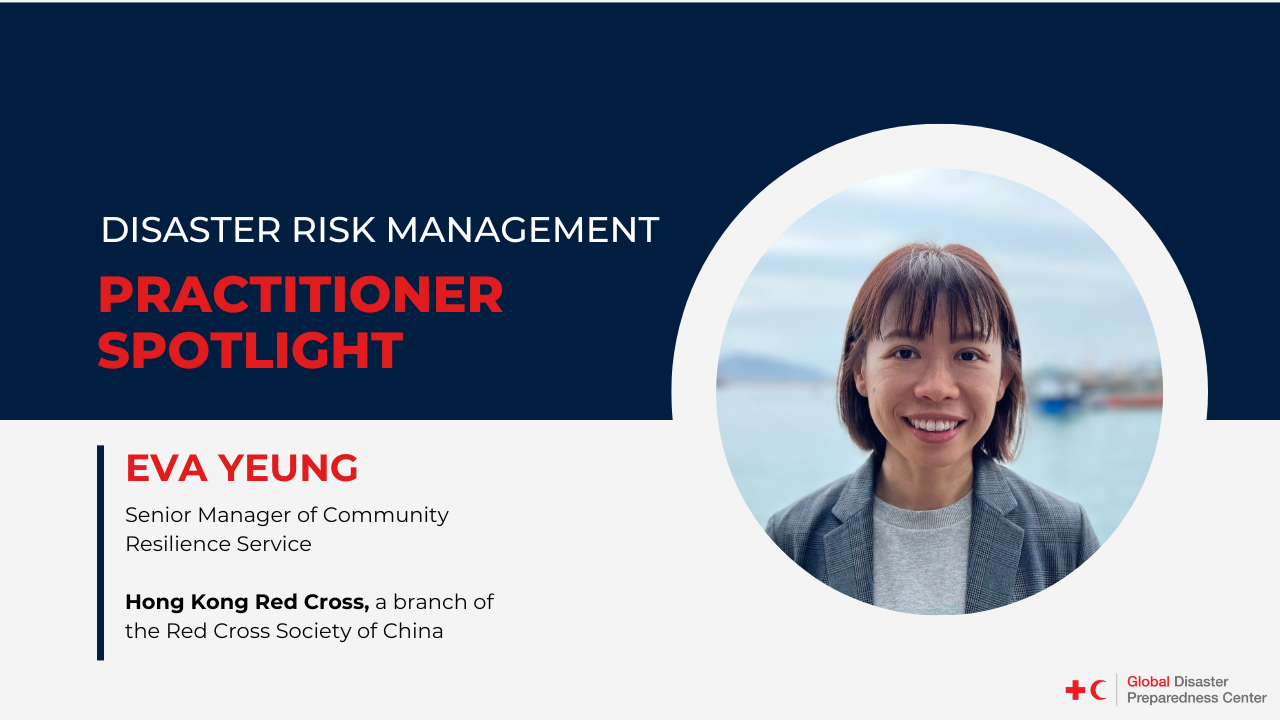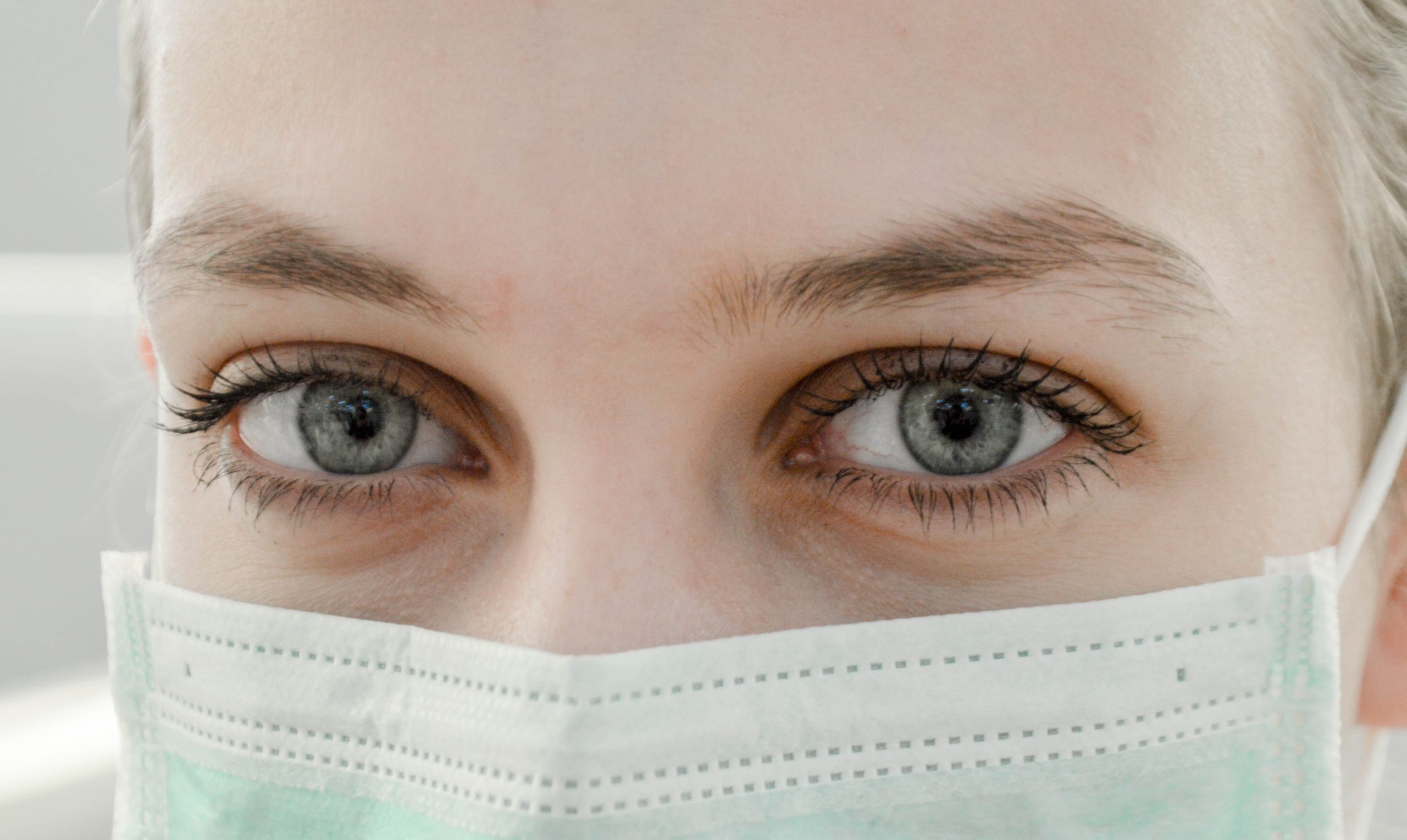Small Grants: Big Youth Urban Climate Action and Resilience
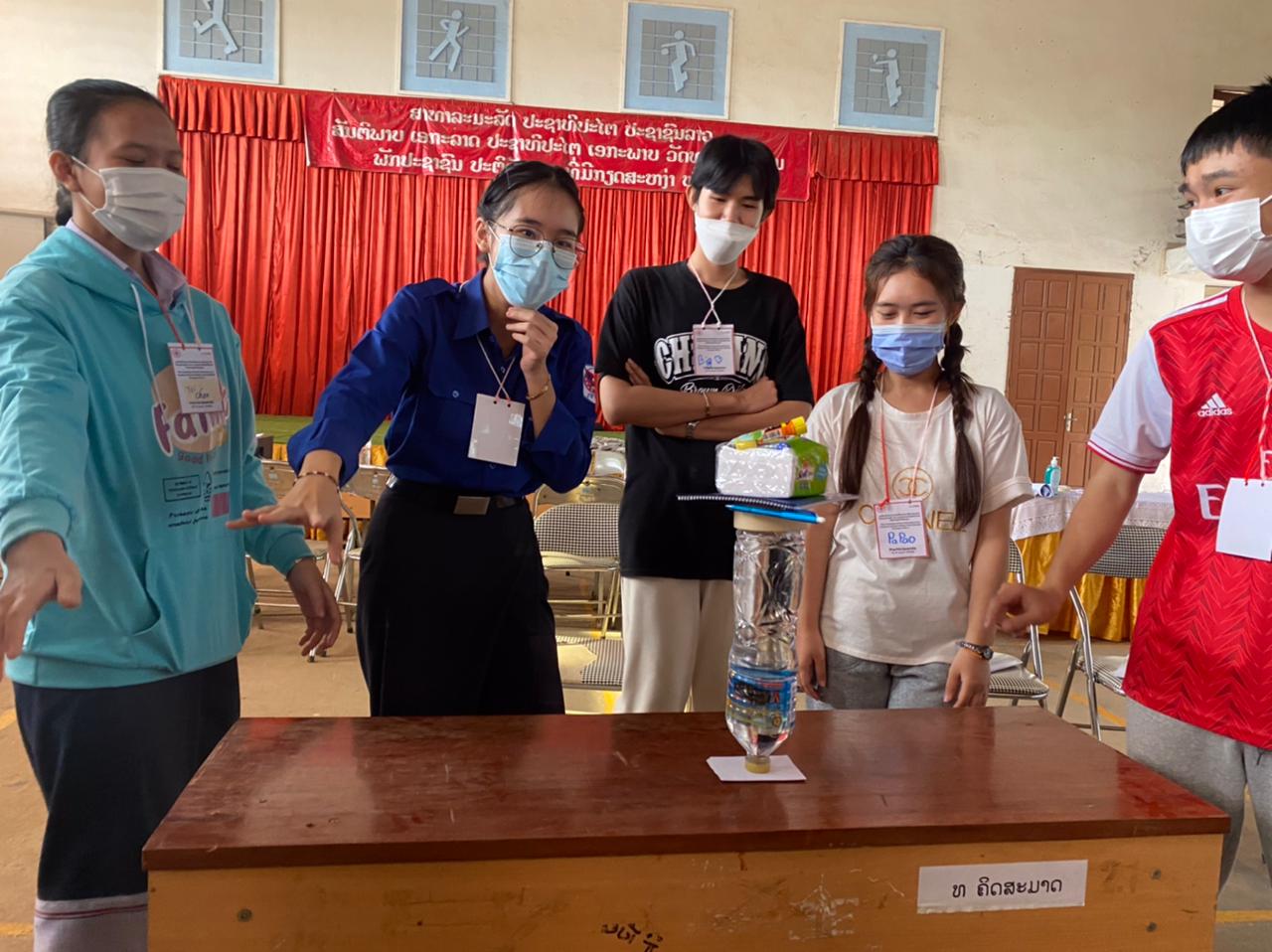
As the world’s most disaster-prone region, people in the Asia-Pacific are four times more likely to be affected by weather-related disasters than in Africa, and 25 times more than in Europe and North America (Asian Development Bank, 2013; UNFPA, 2018). In 2021, over 57 million people were severely affected by climate-related disasters in the Asia-Pacific (IFRC, 2021). Natural hazards are most prevalent along the coasts, where the region’s largest urban centres are located (Alisjahbana et al., 2021). Unplanned development and rapid urbanization compounded by climate change make cities risk-filled, and currently 2.3 billion people – more than half of the region’s population – are urban dwellers (Aerts et al., 2020).
While natural hazards are increasing in frequency in the Asia-Pacific region, and have affected nearly 7 billion of its people in the past 50 years, many countries have significantly strengthened their resilience in the past two decades (Alisjahbana et al., 2021). This is most notably demonstrated by a decreasing number of annual fatalities. Despite this progress, more action is needed to reduce disaster risks, especially in the region’s urban centres.
To further enable the youth’s unprecedented mobilization and innovative approaches for climate action, three Red Cross Red Crescent National Societies in the Asia-Pacific were recently awarded Small Grants to develop projects in urban community disaster risk reduction and climate youth action. Supported by the Asia Pacific Urban Community Resilience Hub, Asia Pacific Disaster Resilience Centre and the Japanese Red Cross Society, the youth from Vanuatu Red Cross Society, Lao Red Cross, and Bangladesh Red Crescent Society are now in the midst of implementing their respective projects – and they are making good strides.
Small Grants Youth Overview
Vanuatu
Vanuatu’s three urban centres Lenakel, Port Vila and Luganville are home to more than a fifth of the country’s total population. The capital, Port Vila, has previously been classified as the world’s most exposed city to natural hazards, but inhabitants in all three urban centres are exposed to tropical cyclones, storm surges and communicable diseases (Trundle and McEvoy, 2015; World Bank Group, 2021). A recent assessment of the rapidly growing informal settlements of the city moreover identified 23 unauthorized settlements with a combined population that constitutes 40 percent of the urban population (World Bank, 2022). These settlements are located on lands that have been deemed unsuitable for urban developments, as they are subject to one or more climate hazard risks.
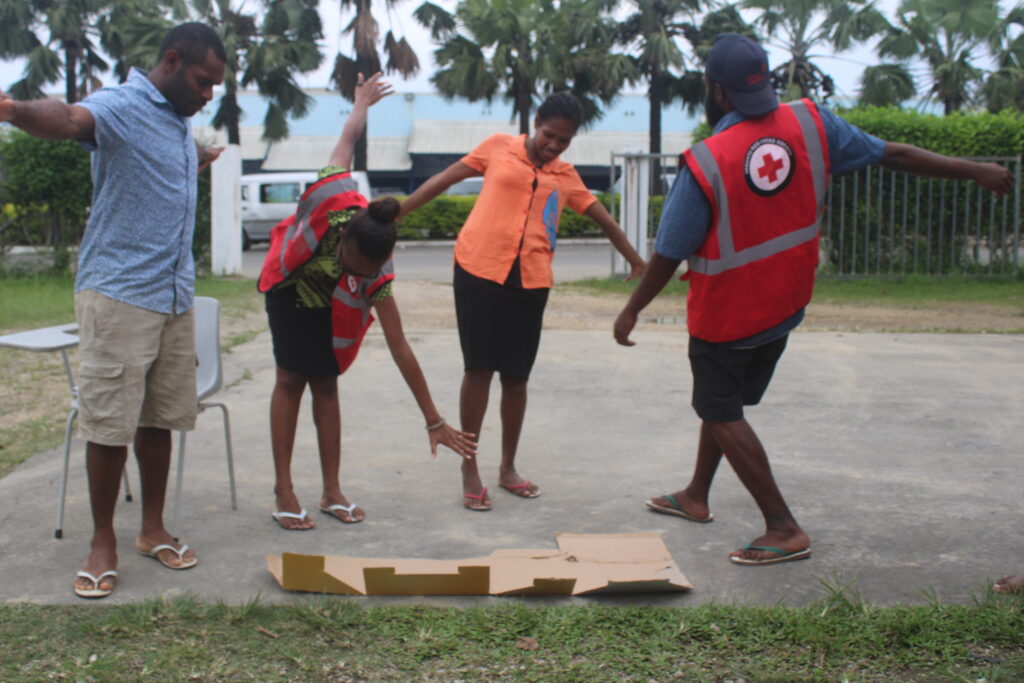 To reduce the risks, Vanuatu Red Cross Society (VRCS) has set out to support youth in promoting climate resilience in the country’s three urban centres. Key to achieving their goal is to ensure that volunteers understand the urban contexts and have the capacity to take action to foster community resilience, says Jessica Bihini, VRCS Youth and Volunteer Program Officer.
To reduce the risks, Vanuatu Red Cross Society (VRCS) has set out to support youth in promoting climate resilience in the country’s three urban centres. Key to achieving their goal is to ensure that volunteers understand the urban contexts and have the capacity to take action to foster community resilience, says Jessica Bihini, VRCS Youth and Volunteer Program Officer.
Since October 2021, VRCS has trained 30 youths with the Y-Adapt toolkit and Urban Action Kit, conducted two community consultations, and undertaken one community training with 20 participants. A Memorandum of Understanding (MoU) has moreover been signed between VRCS RCY and the Department of Climate Change (DoCC) that is valid not only for the Small Grant project but extends into forthcoming programming. Organized by the VRCS and facilitated by the DoCC, the partners arranged a one-day training for five urban community representatives from two different communities in Port Vila and five VRCS youth.
Lao PDR
The capital city in Laos, Vientiane, houses over 900.000 people spread across its 11 districts. Due to its location in the lower basin of the Mekong river, the city is often subject to both floods and droughts and has been identified as one of the country’s four urban centres most vulnerable to climate change (ABD, 2022; UNEP, 2021). 59 percent of the population in Vientiane are children in the ages of 0-18, and in 2020-2021, the city had 30.400 students enrolled at 188 high schools. Facilitator at Lao Red Cross (LRC), Soutlasi Yarkaomany, explains that most students have received disaster risk capacity building but that few are informed about climate change and urban systems.
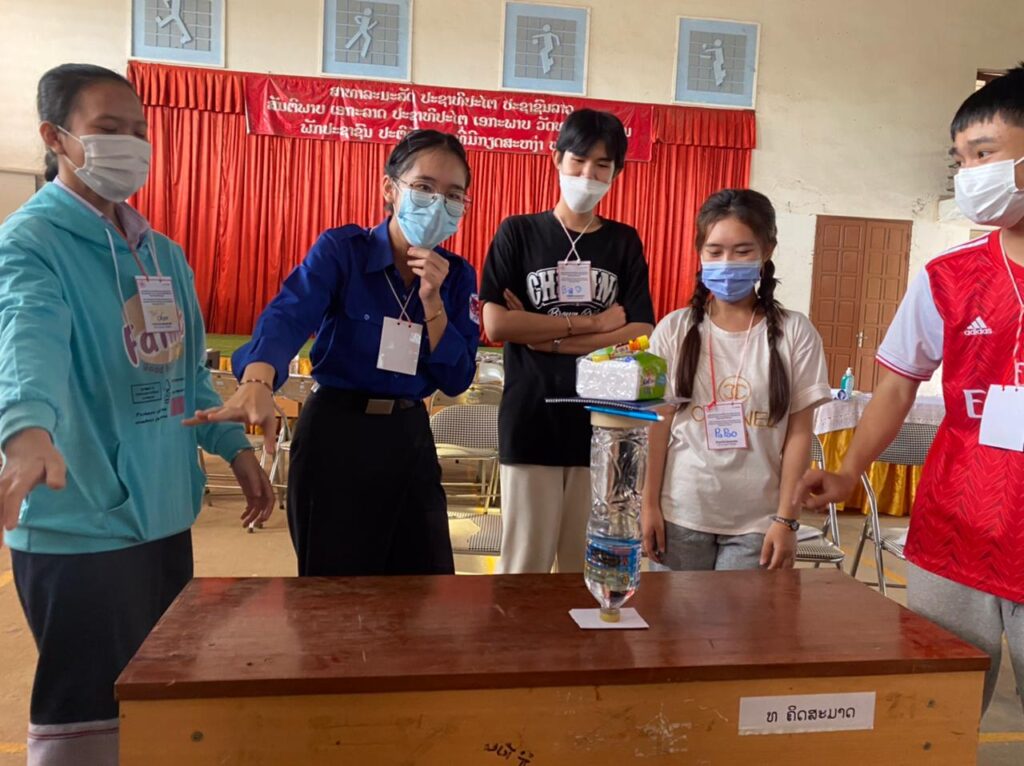 To improve students’ understanding of urban climate risk and strengthen disaster resilience, the LRC is using their Small Grant for capacity building of youth and teachers in 4 schools from 4 districts in Vientiane. In an effort to streamline Youth in School Safety with climate adaptation curriculum, LRC developed a pioneering curriculum, integrating “Youth in School Safety + Climate Change” elements, known as YSS+. The project is currently rolling out a youth network to establish a system of peer educators. It will moreover engage parents, teachers, community-based organizations and the residents in the integration of safety measures and climate action in the schools and urban communities.
To improve students’ understanding of urban climate risk and strengthen disaster resilience, the LRC is using their Small Grant for capacity building of youth and teachers in 4 schools from 4 districts in Vientiane. In an effort to streamline Youth in School Safety with climate adaptation curriculum, LRC developed a pioneering curriculum, integrating “Youth in School Safety + Climate Change” elements, known as YSS+. The project is currently rolling out a youth network to establish a system of peer educators. It will moreover engage parents, teachers, community-based organizations and the residents in the integration of safety measures and climate action in the schools and urban communities.
To date, LRC has trained 12 core youth groups to be facilitators and 32 students and eight teachers to be peer educators, and made a first draft of the Y-Adapt online training on the Mural platform. They have also identified the school-based and community-based actions to undertake throughout the project, namely dengue and malaria prevention promotion, waste recycle and plastic bank implementation, and paper donation to enable the development of a Braille alphabet for visually impaired and other people living with disabilities in one of the city hospitals. Each school is provided funding to implement their respective projects, based on the YSS+ Action Plan.
Bangladesh
In Bangladesh, there are 570 urban centres. The capital, Dhaka, is a megacity and one of the most densely populated urban areas in the world. Beyond the metropolitan cities of Chittagong, Khulna, Rajshahi and Sylhet, there are 25 cities with over 100.000 inhabitants (Banglapedia, 2021). Urban residents in the country regularly face hazards and issues such as heatwaves, floods, air pollution, traffic jams and congestion (BIGD, n.d.; Think Hazard, 2020).
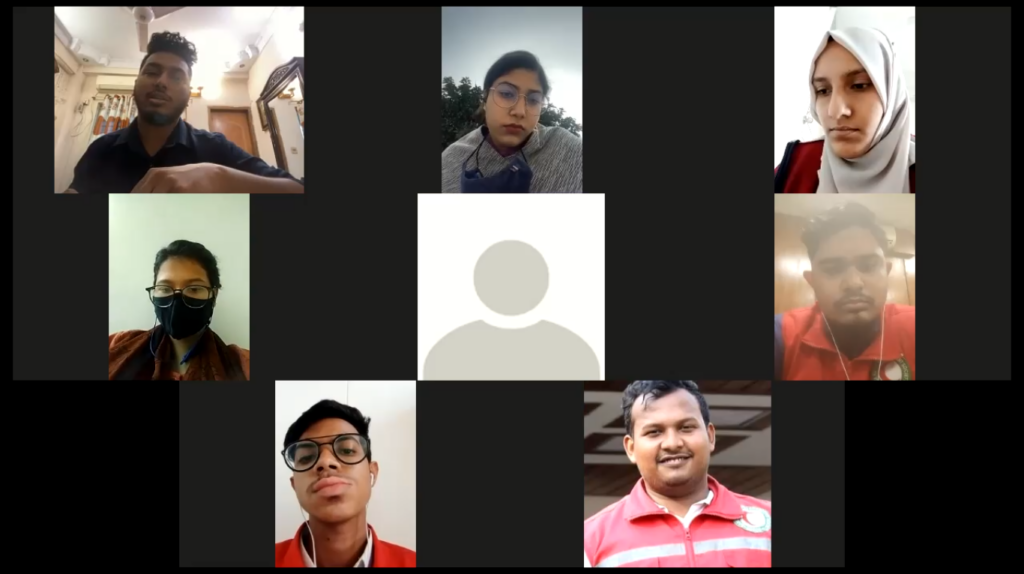 Despite recognizing it as an important topic, Fahad Rahman, member of the Bangladesh Red Cross Society (BDRCS) National Youth Commission, points out that climate education has been hard to adequately delve into due to lack of available and contextualized guidance. The BDRCS therefore decided to use their Small Grant to institutionalize climate education and resilience among youth volunteers. Their vision is to have a dedicated and trained team to tackle the challenges of climate change and promote urban resilience in their own communities. This will, in part, be done by contextualizing and working with the Urban Action Kit and Climate Training Kit.
Despite recognizing it as an important topic, Fahad Rahman, member of the Bangladesh Red Cross Society (BDRCS) National Youth Commission, points out that climate education has been hard to adequately delve into due to lack of available and contextualized guidance. The BDRCS therefore decided to use their Small Grant to institutionalize climate education and resilience among youth volunteers. Their vision is to have a dedicated and trained team to tackle the challenges of climate change and promote urban resilience in their own communities. This will, in part, be done by contextualizing and working with the Urban Action Kit and Climate Training Kit.
So far, BDRCS has translated the toolkits, consulted youth and BDRCS peers to create initiatives, and had an evaluation meeting among leaders of the BDRCS Youth Commission to help shape the project. They have also established their first-ever Youth Climate Resilience Team, consisting of 20 Red Crescent Youth volunteers from cities including Dhaka, Chittagong, Noakhali, Bogura, Rangpur and Khulna City, to lead this endeavor.
Common challenges
The youth in Vanuatu, Laos and Bangladesh have made impressive progress. But paving new ground through innovative projects brings challenges – especially during a global pandemic. All three youth organizations have faced obstacles related to mobilization, communication and information.
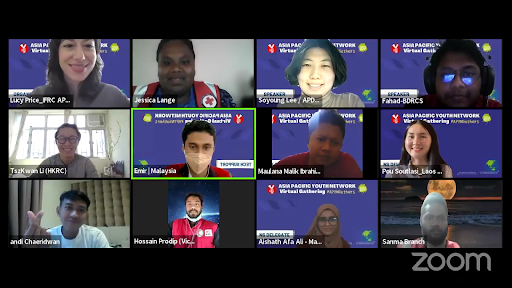 In Laos and Vanuatu, the COVID-19 pandemic has led to decreasing numbers of youth members, high volunteer turnover, and communication challenges, and in Bangladesh, an inability to carry out their initiatives. Limited knowledge and access to information on disaster risk reduction, climate change and urban system have moreover challenged the project implementations in Vanuatu and Laos. In Bangladesh, contextualizing existing toolkits and climate education has presented another – but surmountable – challenge.
In Laos and Vanuatu, the COVID-19 pandemic has led to decreasing numbers of youth members, high volunteer turnover, and communication challenges, and in Bangladesh, an inability to carry out their initiatives. Limited knowledge and access to information on disaster risk reduction, climate change and urban system have moreover challenged the project implementations in Vanuatu and Laos. In Bangladesh, contextualizing existing toolkits and climate education has presented another – but surmountable – challenge.
As explained by Fahad Rahman, from BDRCS National Youth Commission, “we wanted to contextualize two toolkits throughout the process; one is the Urban Action Kit and the other one is Climate Training Kit. Doing this for the first time is kind of hard, there weren’t any resources for the Youth Climate Resilience Team so it’s been hard to design them and also develop a whole new context-appropriate training module for the youth volunteers.”
Recipes for success
In overcoming their respective challenges, the youth programmers seem to concur that planning thoroughly while staying flexible is a balancing act that is key to success.
When asked about lessons learned, Jessica Bihini from Vanuatu Red Cross Society, stated: “We have to plan; when there is good planning, there is good participation among our youths and communities. It is also important to delegate responsibilities among youths to ensure that they have the skills and courage to go into the communities to help them build community resilience.”
Similarly, Soutlasi Yarkaomany from Lao Red Cross, shared that preparing well entails abundant yet adjustable planning: “Most of the team are university students that have different schedules, so to find the time for meetings, we need to be flexible. Covid-19 also teaches us to always have a second plan.”
Resources
To support the youth programmers in implementing their Small Grants projects, they have an arsenal of resources at their disposal, most notably the Urban Y-Adapt Adaptation Cards, Urban Action Kit, and Climate Training Kit.
Moreover, the Asia Pacific Urban Community Resilience Hub and Asia Pacific Disaster Resilience Centre, and the Japanese Red Cross Society support the grant winners through promoting knowledge sharing and evidence-based programming, enabling a continuous process of learning and adapting to changing contexts, and connecting them with regional urban resilience actors to enhance innovation and overcome challenges.

